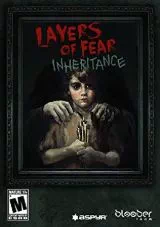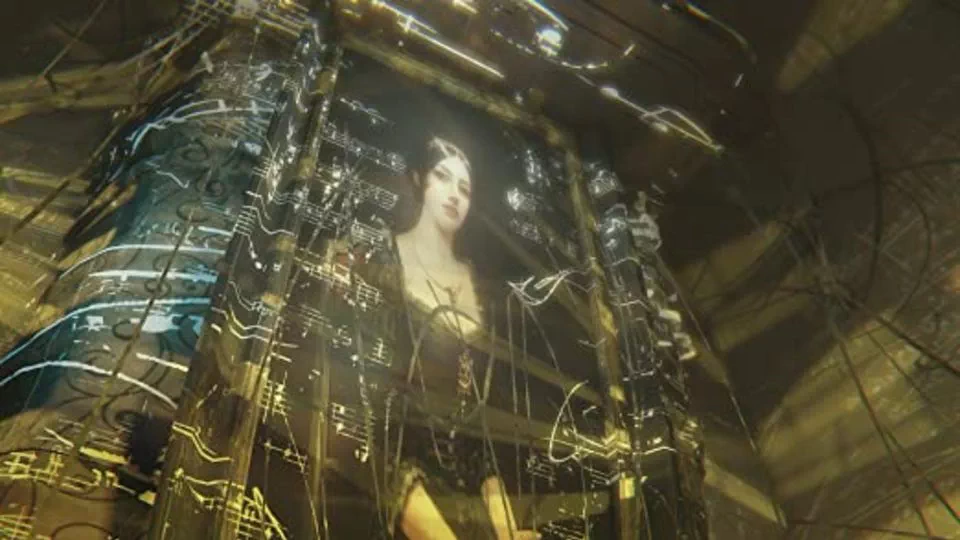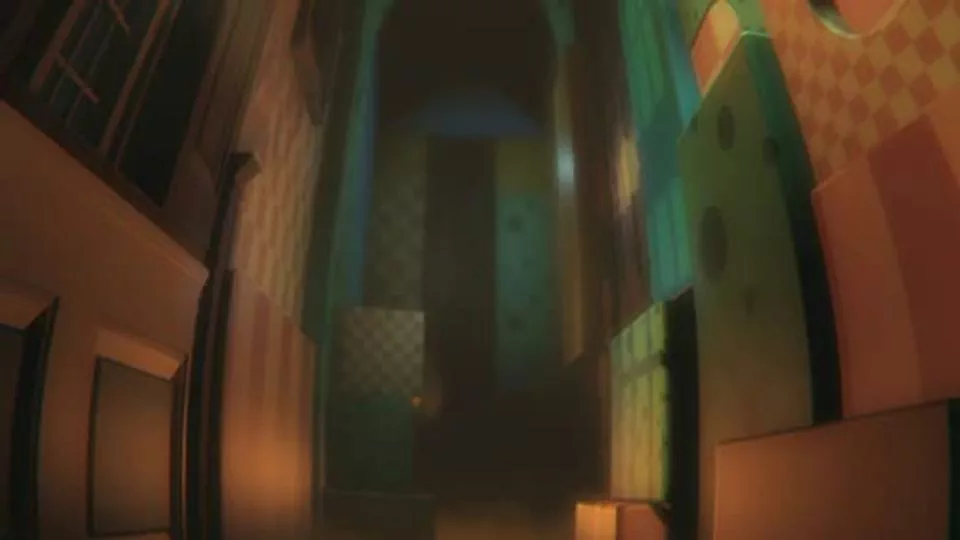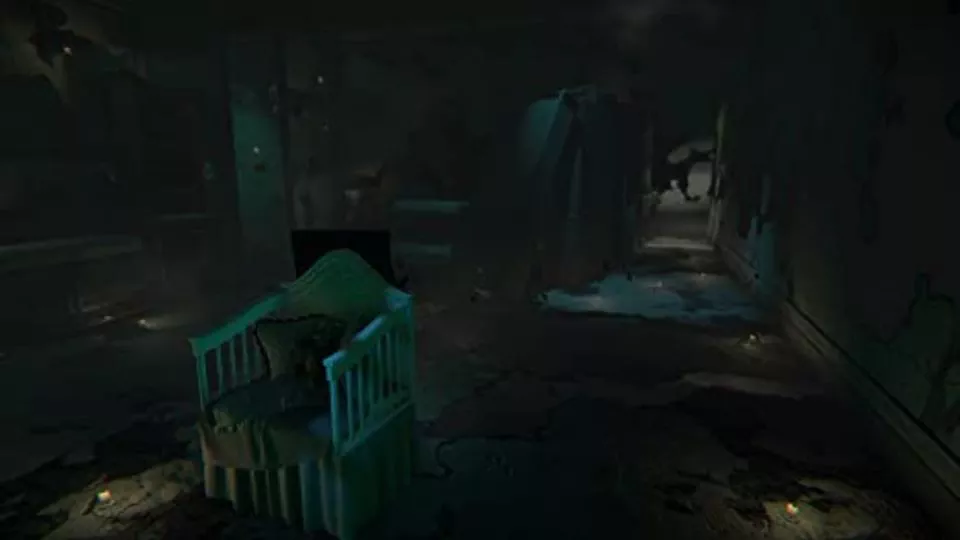Dishonored 2 - Review
If you’re a fan of the 2012 game Dishon...
By Zora Flatley5116

0

Layers of Fear: Inheritance is an expansion pack to the original game, told from the perspective of the notorious unnamed painter’s daughter. This extension to the storyline has the same aesthetic and overall gothic feel of the original franchise at first glance, but as players explore the Victorian-style home further, the experience feels more antagonistic in nature compared to the original game. The young daughter of the once-famous painter returns to her childhood home seeking answers to her father’s insanity. Initially, many avid horror buffs in the gaming community have shared low expectations for this game, primarily because it launched so quietly. On the surface, it seems to be just a bonus expansion pack, but after players beat the game, they’re left with a new perspective about the infamous painter’s family.
As the game opens, we’re introduced to a succinct intro, where the protagonist recalls how verbally and emotionally abusive her father was, always screaming at her and her mother, or screaming into the darkness. At the beginning of her quest, she’s unequivocally bitter, as though she’s only back to her childhood home to affirm her suspicions and justify her hatred for her deceased father. “I was once told that insanity runs in my family. It’s time to make it stop,” she says as she begins her quest. Although the setting is the same, it begins to feel different the further players explore the Victorian home.
The game features a handful of jump scares, but nothing too cheesy. While the father seems to explore the dark corners of his own deranged mind in the original game, his daughter encounters her memories in physical form. In one of the rooms, we find ourselves inside a memory, which is seen from the perspective of the protagonist as a child. She is seated on a bar stool with her frantic father standing in front of her with a painting to his right, pressuring her to look at a seemingly terrifying artwork as he tells an equally disturbing story.
As players, we’re not allowed to shift focus to the corners of the screen, no matter how many whispers and growls we hear in the right and left speakers. If players fail and end up looking to either corner, the father reprimands the young girl and leaves the story unfinished, which of course, affects the ending of the game. On the other hand, when the story is unraveled, a lesson is learned and the deranged painter is seen as a kind parent looking to instill bravery into his child.
As the young daughter relives those experiences as an adult, she begins to gain a fuller perspective of her parents. Depending on the paths that players take, and whether or not they solve the puzzles, this perspective is either in her father’s favor, her mother’s, or it simply feeds her tendency to descend into insanity, following into her father’s footsteps. Unlike the original storyline, the choices you make are far less ambiguous. At some point in the game, you encounter a forked path, where you choose to walk to the hallway with the mother’s framed picture at the entrance, or the other route with a portrait of her father.
 https://revyou.com/uploads/thumbnail-960/1594756063384Layers_of_Fear_Inheritance3.webp
Layers of Fear - Inheritance - Game Review
https://revyou.com/uploads/thumbnail-960/1594756063384Layers_of_Fear_Inheritance3.webp
Layers of Fear - Inheritance - Game Review https://revyou.com/uploads/thumbnail-960/1594756063385Layers_of_Fear_Inheritance4.webp
Layers of Fear - Inheritance - Game Review
https://revyou.com/uploads/thumbnail-960/1594756063385Layers_of_Fear_Inheritance4.webp
Layers of Fear - Inheritance - Game Review
On the other hand, the controls are more or less the same, but the puzzles are drastically different. All the challenges in the game seem to be far more straightforward than in the original story, while the attitude of the protagonist seems to be overall more composed, as though she’s accustomed to metamorphosing objects and seeing buried memories manifesting themselves in a physical slideshow before her eyes. In one of the puzzles, the gameplay resorts to conventional survival horror tactics, namely being chased by a monster, which in that case is merely a 2D wolf in a child’s bedroom story.
Although there aren’t checkpoints or an easel upon which you witness an empty canvas transform into a magnum opus as you make progress in the storyline, you can easily tell when you have achieved a milestone in the game. Every now and then, a memory plays out, usually displaying the abuse and maddening screams of the protagonist’s father. However, if a player chooses the father route, the painter’s abuse is shown in a different light – more so as agony and mental illness. On the other hand, the abusive father shows controlling behavior is quite subtle ways. In one displayed memory, we see him lovingly guiding his daughter through the basics of painting, but upon seeing her drawing he scoffs, “Why pink?”
There are implications that the conventionally beautiful mother has suffered burns to her face that have left her deformed. After completing one of the puzzles as a younger version of the protagonist, the father finishes a portrait of his wife, which is displayed in memory. Depending on the choices made and the routes are chosen, the artist either paints his spouse as disturbingly misshapen or as though she looked exactly the same as when he first married her. This gives players a clue on where they’re headed with their game progress.
While the father route dissolves the protagonist’s bitterness and makes her see her father from a more mature and understanding perspective, the mothering path reveals the infamous painter to be a demented sociopath who wouldn’t think twice about harming his own loved ones for the sake of finishing his masterpieces. However, neither of the two biased endings are fully satisfying. Even when the daughter chooses to come into terms with her father’s abuse, she becomes oblivious to the madness that supposedly runs in her family. In one of the endings, we see her tutoring her young child how to paint, just as her own father did with her. And upon seeing the child’s drawing, she asks, “Why pink?” which of course, rings a bell and foreshadows her fate.
However, the ideal ending is not an easy one to achieve, seeing as it requires all collectibles to be in the protagonist’s inventory before reaching the final destination. It also requires an observant eye that figures out where the father’s painting room is hidden. In the more satisfying ending, the daughter repeats what was in the premise, “I was once told that insanity runs in my family,” and adds, “Let it run.” Coming into terms with the family curse seems to be the only logical conclusion to the story, but it’s one that hits too close to home with many a mentally ill artist. This perhaps alludes to masterminds such as Vincent Van Gogh, who was also notorious for employing gore into one of his paintings to perfect a masterpiece, making the narrative far more realistic than any shape-shifting nightstands and slamming doors would initially imply.
Updated 4 years ago